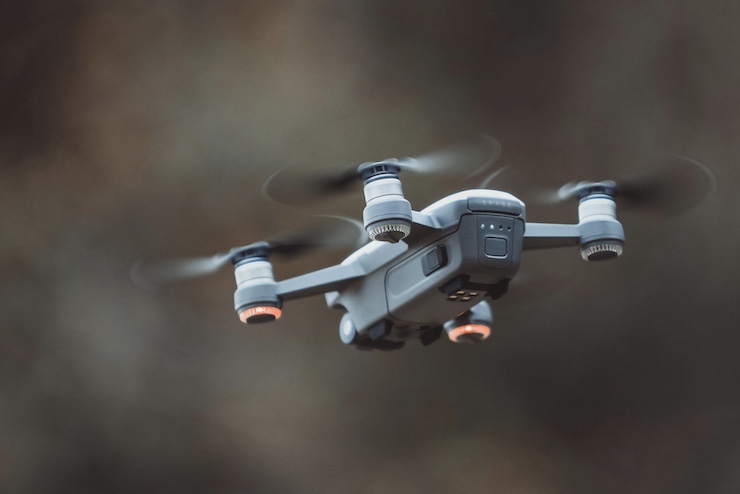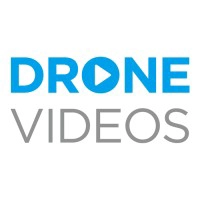
All devices that rely on electronic communications send and receive transmissions across a specific radio frequency. Drones are no exception. Does one frequency range provide better performance than another? What are the most common radio frequencies employed? It turns out that the range of frequencies used is quite wide and varies on several factors, including the drone’s size, its capabilities, whether it’s remotely-piloted.
Most remote-controlled drones use the 900 Mhz frequency, which is a portion of the ultra-high frequency (UHF) radio spectrum. The 900 MHz band was originally used for industrial, scientific, and medical devices. However, drones that transmit video back to the ground – sometimes called first-person-view (FPV) or remote-person-view (RPV) drones – must use a much higher frequency, for example, 2.4 GHz or 5.8 GHz. One reason is to avoid interference from wireless transmissions. It’s important to remember that these higher frequencies also have shorter ranges and their signals are less likely to be transmitted consistently if obstructions are present.
Size also matters. Initially, toy drones tended to use the lower 27 MHz and 49 MHz bands. However, these smaller frequency bands also increase the risk of interference. Smaller drones have become more sophisticated over time. Flown outdoors, especially, they now require higher radio frequencies – which ones depend, in part, on their capabilities.
The drone’s radio frequency also affects its range. For example, a drone that operates on the 2.4 GHz band typically has a maximum range of about 1 mile (1.6 kilometers) to 3 miles (4.8 kilometers). This assumes that the drone is operating within line of sight (LOS), which most currently are. Another factor is the strength of the signal. Most drones, when purchased, come equipped with relatively inexpensive, low-powered antennas. With an upgraded antenna, the drone’s range can increase. With more powerful antennas, a drone can maintain transmissions up to 4-5 miles when using the 2.4 GHz or 5.8 GHz bands.
Of course, radio frequencies can also be tracked, a growing concern as more drones fill the air, some for illicit surveillance. Sophisticated radio frequency (RF) sensors can determine a drone’s make and model, its unique drone ID number, its altitude and speed, and its location. The most sophisticated RF sensors on the market can also determine the pilot’s GPS location. Advanced RF sensors can detect drones from as far away as 20 miles.
Currently, vendors sell RF sensors primarily for use by private parties that want to deter intrusions. However, when the Federal Aviation Administration (FAA) implements Remote ID in September 2023, RF sensors will also be available to identify, apprehend and punish violators of federal flight regulations.
